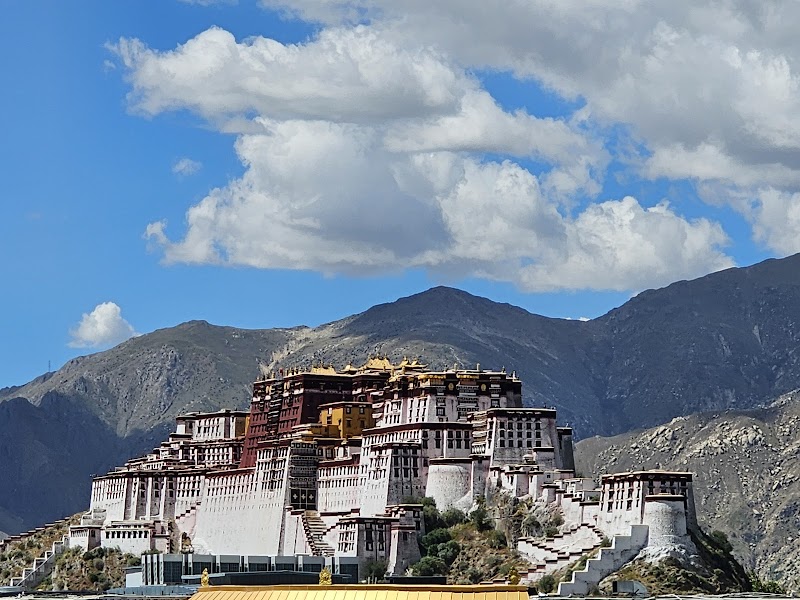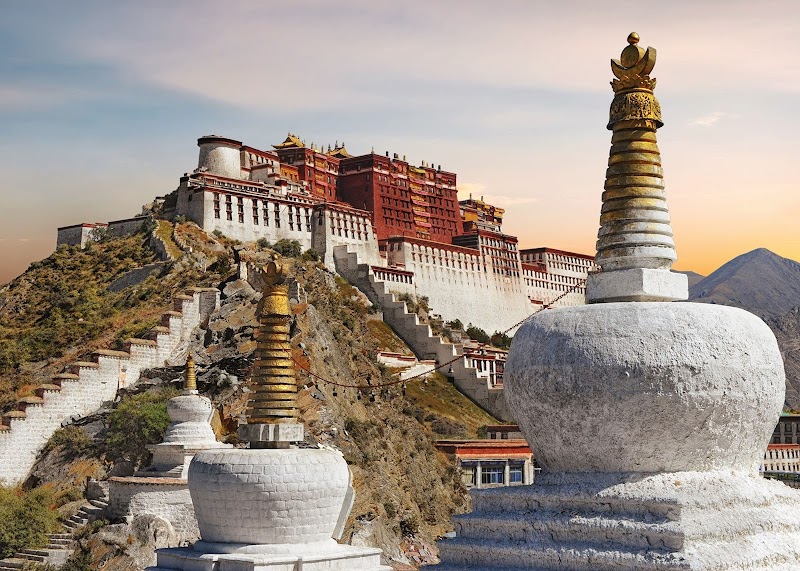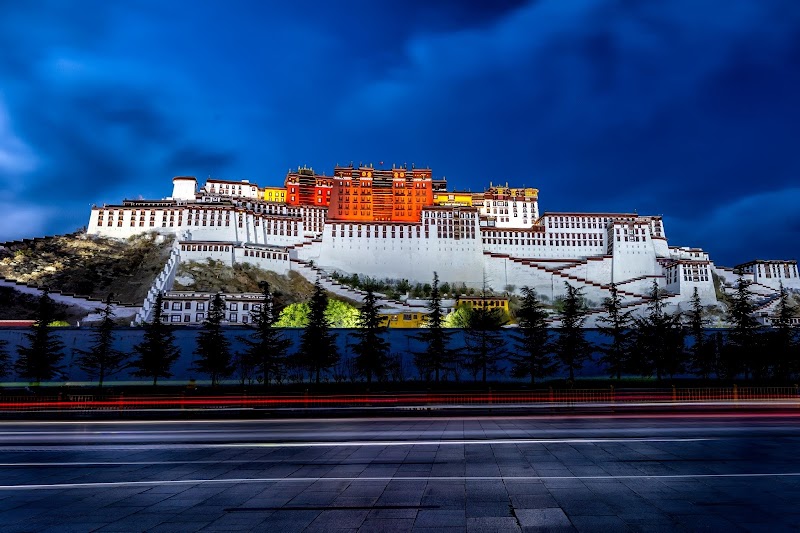Investors
Oops! Something went wrong while submitting the form.




Visiting the Potala Palace is a highlight for anyone planning a trip to Lhasa, Tibet. Perched on Marpo Ri hill, this impressive structure dominates the city skyline and serves as a symbol of Tibetan Buddhism and culture. With its striking white and red walls, sprawling courtyards, and intricate interiors, the Potala Palace offers a rich historical and spiritual experience that perfectly complements any itinerary focused on activities in Lhasa, Tibet.
For frequent travellers or travel enthusiasts seeking to explore unique landmarks, the Potala Palace stands out not just for its grandeur but also for its cultural significance. Historically, it was the winter residence of the Dalai Lama and houses numerous chapels, shrines, and vast collections of ancient scriptures, murals, and statues. The sheer scale of the palace is breathtaking; visitors can wander through hundreds of rooms spread over 13 stories, gaining insights into Tibet’s religious traditions and governance.
Getting to the Potala Palace is relatively straightforward when planning a trip to Lhasa, Tibet. It is located in the heart of the city, making it convenient to combine with other activities in Lhasa, Tibet, such as visiting Jokhang Temple or exploring Barkhor Street’s vibrant market. This central location is ideal for travellers mindful of their schedules, enabling them to maximize their experience with affordable, yet enriching, excursions.
When considering how to fly to Lhasa, Tibet, travellers often look for cheap flights to keep their itinerary budget-friendly. Finding affordable options can be a bit challenging due to the region’s remote nature, but using a Trip Planner App or consulting an experienced Lhasa, Tibet Travel Agent can simplify the process, ensuring the best routes and prices are discovered. Additionally, sourcing cheap activities in Lhasa, Tibet is possible with some research, and visiting the Potala Palace is one of the more accessible experiences that offer significant value without a hefty price tag.
Once there, visitors should be prepared for some walking and potential altitude adjustment since Lhasa sits at over 3,600 meters above sea level. Tickets for the Potala Palace usually need to be booked in advance, so aligning your visit with other cheap activities in Lhasa, Tibet is a smart way to optimize time and budget. The palace’s awe-inspiring architecture and historical artifacts often leave a lasting impression, making it a well-worth stop among the many things to do in Lhasa, Tibet.
For travellers interested in exploring more beyond the Potala Palace, the nearby surroundings offer a blend of spiritual sites and lively markets, providing a balanced itinerary of cultural immersion and relaxation. Whether it’s a short day trip or an extended stay, the area accommodates a range of preferences, ensuring even those on a budget can enjoy enriching activities without the experience feeling rushed or superficial.
In summary, visiting the Potala Palace in Lhasa is an essential activity that fits well within most trip budgets and schedules. Its accessibility from the city center combined with the profound cultural experience it imparts makes it a must-see landmark. For travellers who want a memorable and enriching experience, the Potala Palace offers a perfect blend of history, culture, and spirituality.